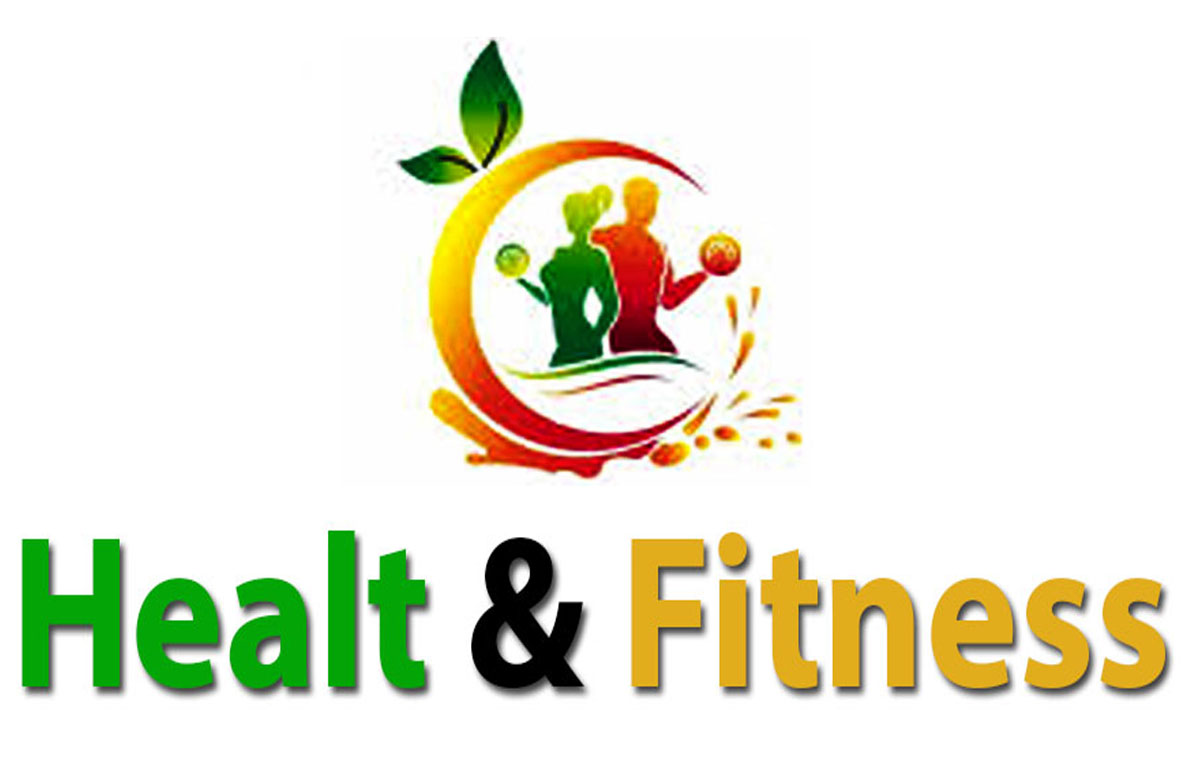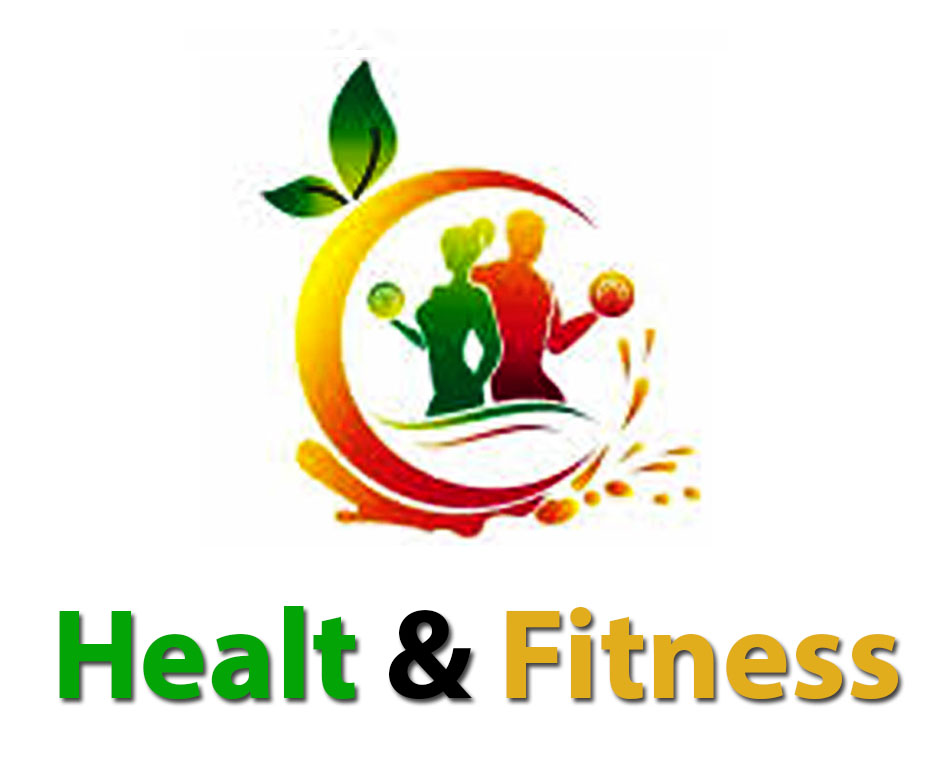Functional Fitness Equipment: Gear for Real-Life Movement Training
Functional fitness isn't just about building muscle or shedding pounds; It's about training the body for real-life movements. In today's fast-paced world, the demand for fitness equipment to complement our daily activities has increased. From resistance bands to suspension trainers, these tools offer more than just a traditional gym workout. They focus on increasing functional movement, providing versatility, and promoting overall strength and flexibility.
Functional fitness equipment is essential for those seeking real-life movement training. These tools improve strength, flexibility, and mobility while also meeting the practical needs of daily tasks. Here are some notable gear options:
Incorporating Functional Tools
Integrating these tools into workouts can amplify their benefits:
1. Sample Exercises with Resistance Bands: Squats, rows, and chest presses with bands
2. Kettlebell Workout Routines: Swings, Turkish get-ups, and goblet squats
3. Suspension Trainer Techniques: TRX rows, planks, and mountain climbers.
Facility of necessary equipment
A. Kettlebells:
Description: Versatile and efficient, kettlebells offer dynamic workouts that target multiple muscle groups. Their unique shape enables a wide range of movement, aiding in strength and endurance.
How to use:
1. Swing: Grasp the kettlebell with both hands while standing with your feet shoulder-width apart. Hinge at the hips to swing the kettlebell between your legs. Then, swing it forward forcefully, activating your glutes and hips.
2. Turkish Get-Up: Lie on your back, hold a kettlebell in one hand, and perform a series of transitions from lying to standing, focusing on core stability and full-body coordination.
3. Goblet squats: Holding the kettlebell close to your chest with both hands, squat with your chest up and return to the starting position.
4. Kettlebell press: Hold the kettlebell at shoulder height and press it up while engaging your core for stability.
B. Resistance band:
Description: Ideal for mobility and strength training, resistance bands provide consistent tension for a variety of exercises, aiding in stretching and muscle activation.
How to use:
1. Bicep curls: Place your feet shoulder-width apart on the band, grasp the handles, and bend your elbows to perform the curls.
2. Lateral Band Walking: Place the band around your ankle or thigh, and step sideways while maintaining tension on the band, engaging your hips and glutes.
3. Shoulder press: Anchor the band under your feet, hold the handles at shoulder height, and press upward, engaging the shoulder muscles.
4. Pull-Offs: Holding the band with arms extended in front of you, pull the band apart by moving your arms outward, engaging the upper back muscles.
C. Medicine Ball:
Description: Perfect for explosive movements, these weighted balls improve strength and coordination. They are excellent for throwing, catching, and functional training involving rotational movements.
How to use:
1. Medicine Ball Slam: Raise the ball above your head, slam it hard against the ground, and then catch it as it bounces back.
2. Russian Twist: Sit on the ground, grab the ball with both hands, and tap the ball to the ground by twisting your torso to the side.
3. Medicine Ball Squat Press: Hold the ball at chest level, squat down, then stand up explosively while pressing the ball up.
4. Partner Throws: Assume a facing position and toss the ball back and forth while using your core muscles to catch and launch.
D. Suspension Trainer:
Description: Offering versatile bodyweight exercises, suspension trainers gain gravity and body positioning for a wide range of motion, increasing core strength and stability.
How to use:
1. Rows: Grab the handles, sag back, and use your back muscles to raise yourself.
2. Tricep Extension: Turn your body away from the anchor point, grasp the handles, and lower your arms to work your triceps.
3. Pikes: Assume a plank position with feet in foot cradles and pike your hips upward, engaging core muscles.
4. Chest press: Face the anchor point, hold the handles at chest height, and push forward, engaging the chest muscles.
E. Plyo Box:
Description: This robust box is used for plyometric exercises and aids in the development of strength, speed, and agility. They are great for jumping and explosive movements.
How to use:
1. Box Jumps: Stand facing the box, jump into it, land softly with both feet, then step up or jump back.
2. Box Squats: Sit back on the box, then stand back up, engaging the legs and glutes.
3. Single-Leg Step-Ups: Step onto the box with one leg, then bring the other leg up, hooking one leg at a time.
4. Depth jump: Step off the box, land softly, and jump explosively upwards immediately upon landing.
F. Foam Roller:
A versatile tool for self-myofascial release is the foam roller. They help relieve muscle tension, improve blood flow, and increase flexibility by applying pressure to specific points on the body.
How to use:
1. Rolling: Place the roller under a targeted muscle group, use body weight to apply pressure, and slowly roll back and forth to release tension.
2. Static pressure: To relax a tight muscle, place the roller on it and hold it there for 20 to 30 seconds.
3. Spinal Release: Support your head and hips while lying lengthwise on the roller, then slowly roll down your spine.
G. Balance Tools (Bosu Ball, Stability Disc):
Stability discs and bosu balls are examples of balancing equipment that tests core strength and stability. Through a variety of exercises done on uneven surfaces, they aid in the improvement of proprioception, balance, and coordination.
How to use:
1. Bosu Ball Squats: Stand on the flat side of a bosu ball, performing squats while maintaining balance.
2. Stability Disc Balance: Stand on a stability disc with one or both feet engaging core muscles to maintain balance.
3. Push-ups using a Bosu ball: Place your hands on the flat or dome side of the ball and use your core to maintain stability.
H. Sandbags:
Sandbags are functional training tools that simulate real-life lifting and carrying. They provide an unorthodox, adjustable weight that tests strength, endurance, and stability in a range of exercises and motions.
How to use:
1. Shoulder carries: While walking, raise one shoulder of the sandbag and use your core and stabilizing muscles.
2. Squat and press: Holding the sandbag at chest height, squat, and press overhead.
3. Deadlifts: Stand with a sandbag between your feet, hinge at the hips and knees to lift the bag, engaging the leg and back muscles.
I. Battle Rope:
Battle ropes are heavy and durable ropes used for high-intensity workouts. Through dynamic, slamming, and undulating movements, they increase strength, endurance, and cardiovascular fitness while engaging the entire body.
How to use:
1. Alternate Waves: Hold one end of each rope in each hand, making alternating up-and-down waves with the arms.
2. Double Waves: Create simultaneous waves with both arms, engaging core muscles.
3. Slam: Lift the ropes overhead and forcefully press into the ground using the whole body for power.
J. Weighted Vest:
Weighted vests are vests with additional weights that are used to increase the intensity of bodyweight exercises and cardiovascular workouts. They provide resistance to improve strength, endurance, and overall workout performance.
How to use:
1. Bodyweight exercises: Wear the vest during exercises like push-ups, squats, lunges, and pull-ups to add resistance.
2. Cardio workout: Use the vest while running, hiking, or doing agility drills to increase intensity.
3. Incremental weight gain: Start with light weights and gradually increase the weight to challenge your fitness level.
K. TRX row:
Description: The TRX row is a multipurpose upper body workout that targets the biceps, core, and back muscles with suspension straps.
How to perform:
Setup: Adjust the TRX straps to chest height, holding one in each hand.
Body position: Maintain a straight posture with your heels on the ground as you lean back and grasp the handles.
Execution: By engaging your back muscles, pull yourself up by bringing your chest toward the handles. Control your lower back while keeping the straps taut.
L. Plank:
Description: Planks are a basic core-strengthening exercise that engages multiple muscle groups at once.
How to perform:
1. Position: Start in a push-up position, but instead of resting on your hands, support your body on your arms.
2. Alignment: Keep your body in a straight line from head to heels, engaging your core muscles.
3. Hold: Hold this position for a set period of time, usually starting at 20-30 seconds and gradually increasing as strength improves.
M. Mountain climbers:
Description: Mountain climbers are a dynamic full-body exercise that targets the core, shoulders, and legs and provides a cardiovascular challenge.
How to perform:
1. Starting Position: Start in a plank position, with your hands directly under your shoulders and body in a straight line.
2. Movement: Bring your knees toward your chest in a running motion while maintaining a plank position.
3. Pace: Make quick movements, as if you were running in place, keeping the core engaged throughout the exercise.
N. Swing:
Description: Kettlebell swings are dynamic full-body exercises that primarily target the posterior chain, including the glutes, hamstrings, and core muscles.
How to perform:
1. Starting position: Stand with your feet shoulder-width apart, holding a kettlebell with both hands between your feet.
2. Movement: Hinging at the hips, keeping the back straight, swinging the kettlebell back between the legs, then explosively driving the hips forward, swinging the kettlebell up to shoulder height.
3. Control: Let the kettlebell swing back between the legs and repeat the movement in a fluid, controlled motion.
O. Turkish Get-Up:
Description: The Turkish Get-Up is a complex, full-body exercise that increases core strength, stability, and coordination.
How to perform:
1. Beginning position: Arms extended toward the ceiling, lie on your back, and grasp a kettlebell in one hand.
2. Movement: With kettlebell arms extended, use your free hand to lift yourself into a seated position with the kettlebell overhead, then transition to a kneeling position and finally stand up.
3. Reversal: Reverse the lying motion in a controlled manner while maintaining stability.
P. Goblet Squats:
Description: The goblet squat is an effective lower-body exercise that targets the quads, glutes, and core while also improving overall lower-body strength and mobility.
How to perform:
1. Starting position: Hold a kettlebell close to your chest, gripping either side of the handle, elbows pointing down.
2. Squatting motion: Get yourself into a squat with your knees and hips bent, chest up, and back straight.
3. Extension: While maintaining control of the kettlebell, drive through the heels to stand back up, engaging the glutes and quads.
Functional fitness tools revolutionize workouts by focusing on real-life movements. They offer a variety of benefits, from increasing daily activity to targeting multiple muscle groups simultaneously. Embrace these tools to revolutionize your fitness journey.
FAQs
1. Can beginners use effective fitness tools?
Yes, many exercises can be tailored to the fitness level of beginners, making these tools accessible to everyone.
2. How often should I use functional gear in my workouts?
Frequency may vary based on your fitness goals, but incorporating them 2-3 times a week can yield noticeable results.
3. Are functional fitness tools suitable for seniors?
With the right guidance and modifications, these pieces of equipment can be adapted to fit seniors' fitness needs.
4. Can functional training completely replace traditional gym workouts?
A comprehensive approach to fitness can be achieved by combining the distinct advantages of functional fitness with other forms of training.
5. Does functional fitness equipment require a lot of space?
The majority of equipment is suitable for at-home workouts because it is reasonably small and fits in small areas.



.jpeg)

.jpeg)
.jpeg)





.jpeg)
.jpeg)
.jpeg)

.jpeg)

